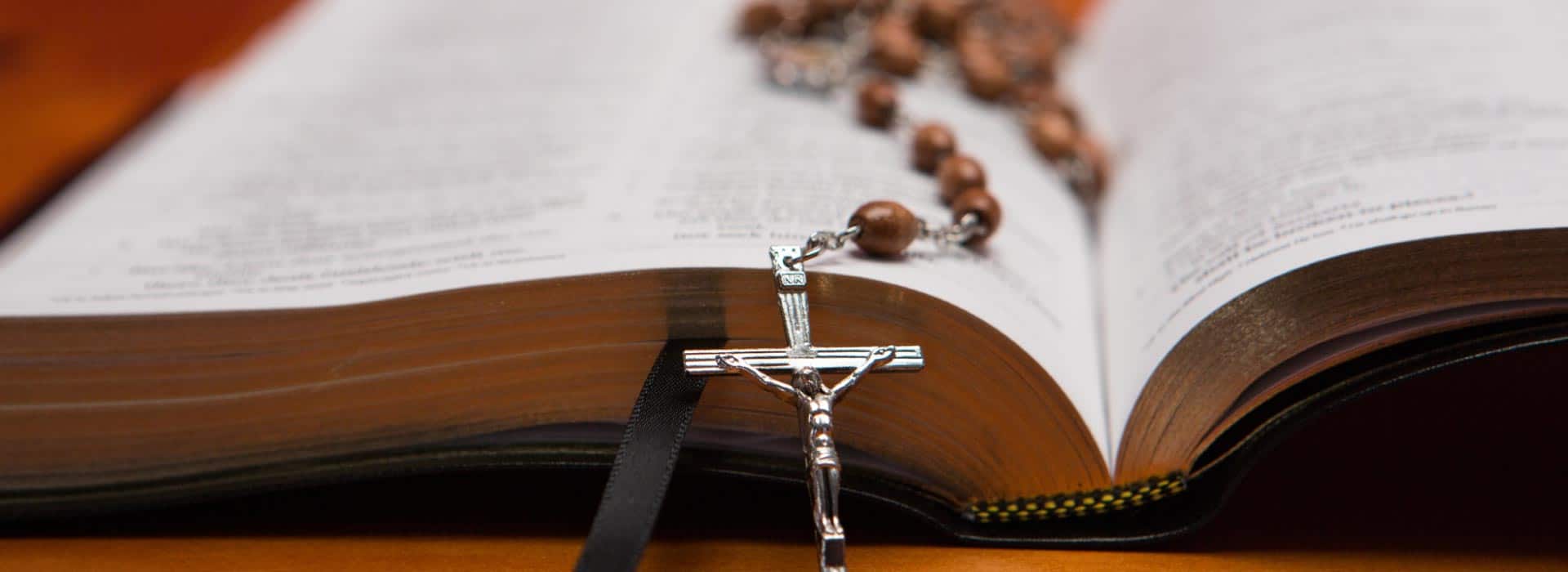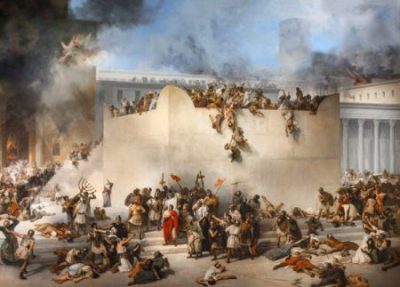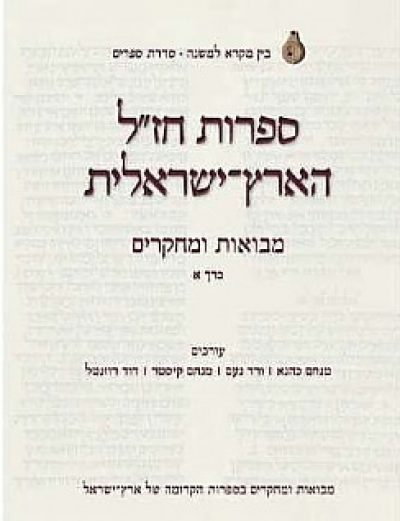The synagogue (Bet Knesset) is the community’s home for public prayer and reading of the Torah. It is the center of a religious community’s life and houses many activities other than prayer. In the absence of the Temple all synagogues are regarded as a small sanctuaries (miqdash me’at, Ezek. 11:16, B.T. Megillah 29a). Synagogues and the ritual objects inside them remain sanctified even after they have gone out of use or been destroyed.
History
Synagogues evolved in the late second Temple period in the centuries before the destruction of the Temple in Jerusalem. The central activity in the early synagogues was the public reading of the Torah, which is believed to date from the days of Ezra the Scribe (Nehemiah chap. 8). Alongside the ritual reading of Torah came the study of Torah and synagogues came to be places of study (batei midrash) as well. Later they came to be places of prayer. Other Jewish ceremonies such as weddings and circumcisions can take place in the synagogue but are not required to. The name, bet knesset, indicates that it is a place of gathering rather than the nature of the activities which take place.
Communities
Synagogues belong to different Jewish communities and the rites which are practiced are those of the Jewish ethnic group which founded or prays in the synagogue. The major groups are Oriental, Sephardi and Ashkenazi but synagogues following other, more specific, traditions are common as well. These include various north African communities, Polish, German, Hungarian, Yemenite, Italian, Syrian and others. Some Ashkenazi synagogues belong to Hassidic groups and follow their traditions. The differences in prayers are most obvious in the musical renditions of prayers but there are also some small differences in the wording of prayer, the seating arrangements and other customs.

Design
While many communities gather to pray in ad hoc synagogues which are really shelters, school auditoria or other halls it is preferred to have a custom built structure to serve as a synagogue. While it was customary to locate the synagogue at the highpoint of the village as an indication of its centrality today we find synagogues in all parts of the town or city. There is no uniform architectural style for a synagogue but there is a requirement that they must have windows (based on Daniel 6:11). Numerous ancient synagogues have been discovered in many parts of Israel. Several of these were decorated with elaborate mosaic floors. Today too communities strive to build their synagogues as elegant buildings with suitable decorations inside.
The focus of the synagogue is the ark (aron qodesh) in which the Torah scrolls are kept. The ark is opened with great ceremony when the Torah is removed for public reading during the morning services. The prayer leader (shalih tsibbur, emissary of the community) faces the ark (and Jerusalem) while leading the prayers.
Because the synagogue is considered a “small sanctuary,” near the ark hangs the ner tamid or eternal light which recalls the menorah or seven branched candelabra which stood in the Temple (and which is the symbol of the State of Israel today). The eternal light is also a reminder of the daily tamid sacrifices in the Temple and a symbol of God’s continuous presence. The dedication ceremony for a synagogue involves placing Torah scrolls in the ark and lighting the eternal light.
In traditional synagogues men and women sit separately and are divided by a partition known as a mehitsa. In Reform and Conservative synagogues women and men sit together.

Prayer
There are three daily prayer services: arvit (also known as ma’ariv) in the evening; shaharit in the morning and minha in the afternoon. (The Jewish day begins at sunset rather than at midnight.) Prayer can take place anywhere and one need not go to a synagogue. Nevertheless, it is preferable to pray with a community in a prayer quorum, or minyan, which is traditionally comprised of 10 men over the age of bar-mitzvah (13). In Reform and Conservative synagogues women are counted in the minyan from the age of 12. Many more Jews attend synagogue on Sabbaths and holidays than on weekdays.







